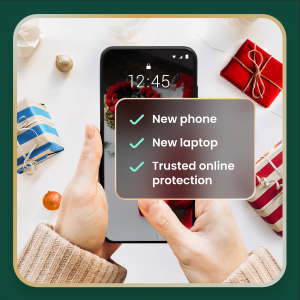Deshawn never thought he’d be the kind of person to fall for a scam. At 30, he was tech-savvy, careful, and always aware of the world around him. But one busy afternoon, a single text message changed everything. What looked like a routine delivery notification turned into a $420 lesson that convenience can be a scammer’s greatest weapon.“I thought this stuff only happened to older people.” That’s what Deshawn, 30, told us after a fake delivery text nearly drained his bank account. It all started on what he thought was just a busy day.
How the Scam Hooked Him
Deshawn was juggling errands when a text came through: a delivery company said his package was being held at a facility. To recover it, all he had to do was click the link.
Since he really was expecting packages, it felt routine. He tapped the link, entered his information, and moved on.
The next day, his bank flagged a transaction: $420 spent—in Jamaica. Deshawn had never been there. That’s when it clicked. The delivery text was a scam, and the fraudsters had his financial info.
The Aftermath
“When I saw purchases hitting my card, I felt like an idiot,” Deshawn admitted. “I thought things like this only happened to older people.”
But scams don’t discriminate. Deshawn realized the very convenience he relied on—quick taps, fast responses—was exactly what scammers exploit.
“Even if you’re detail-oriented, even if you check all the boxes, it can happen to you,” he said.
Why His Story Matters
Scammers count on assumptions. They count on younger people thinking they’re “too smart” or “too aware” to get tricked. But as Deshawn’s story shows, anyone can fall for a scam—especially when it looks like an everyday task, like recovering a package.
“It’s crazy how a device in your pocket and one tap can take your money,” Deshawn reflected. He wishes more people his age would share their experiences, so others wouldn’t let their guard down.
How to Stay Safe from Fake Delivery Scams
- Don’t click links in unexpected texts. Go directly to the retailer’s or delivery service’s official site or app to track packages.
- Double-check the sender. Scammers often spoof numbers or use odd-looking email addresses.
- Watch for urgency. Messages that push you to act fast are classic scam red flags.
- Use security tools. McAfee’s Scam Detector can help identify and block suspicious links before you click.
Final Word from Deshawn
“I used to laugh at the idea of being a scam target. Now I know it can happen to anyone. Sharing my story means maybe the next person will pause before they tap.”












